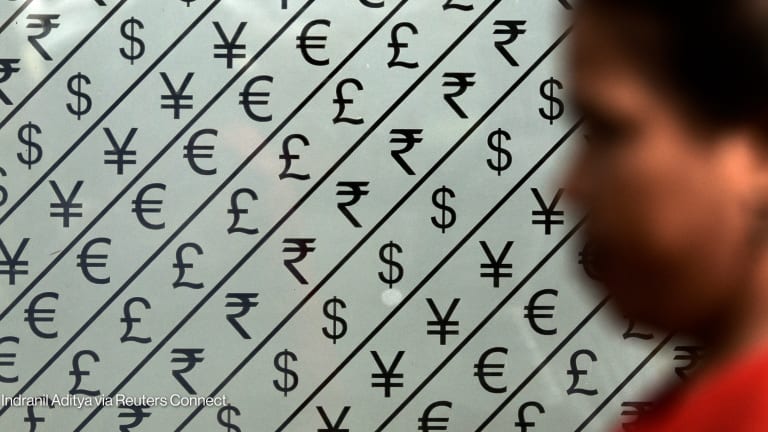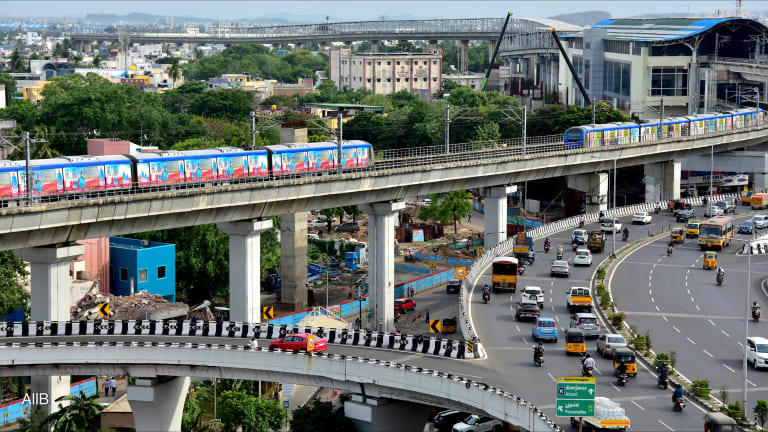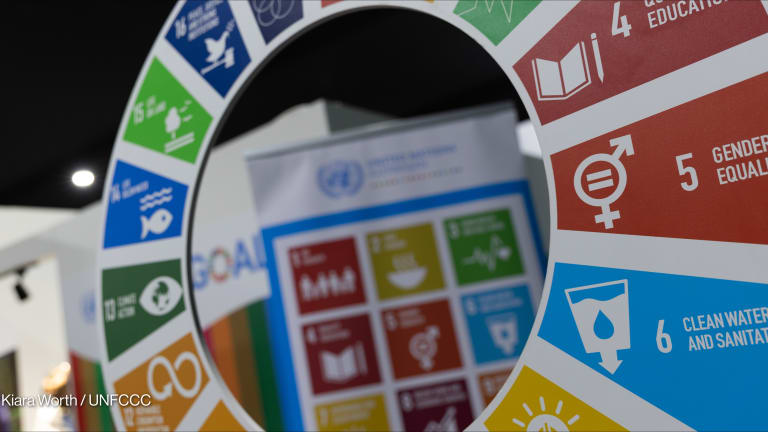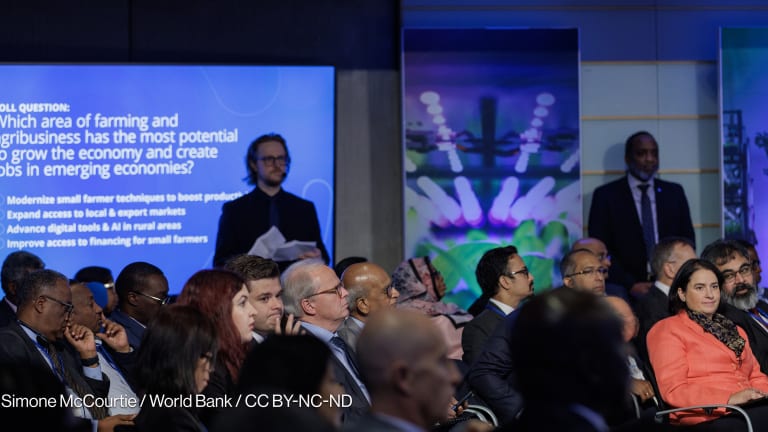A girl in Manaus in Brazil’s North Region. The country strategy will continue to address the regional inequity experienced by Brazil’s poorer north and northeast. Photo source: IDB
The IDB has a long relationship with Brazil and the country has been the IDB’s largest borrower, representing 23.6% of the total sovereign guaranteed (SG) volume to date. In light of Brazil’s recent low economic growth and fiscal constraints, the IDB proposes policies that promote productivity and more efficient social spending.
The 2016–2018 country strategy is structured around three strategic areas:
This story is forDevex Promembers
Unlock this story now with a 15-day free trial of Devex Pro.
With a Devex Pro subscription you'll get access to deeper analysis and exclusive insights from our reporters and analysts.
Start my free trialRequest a group subscription







